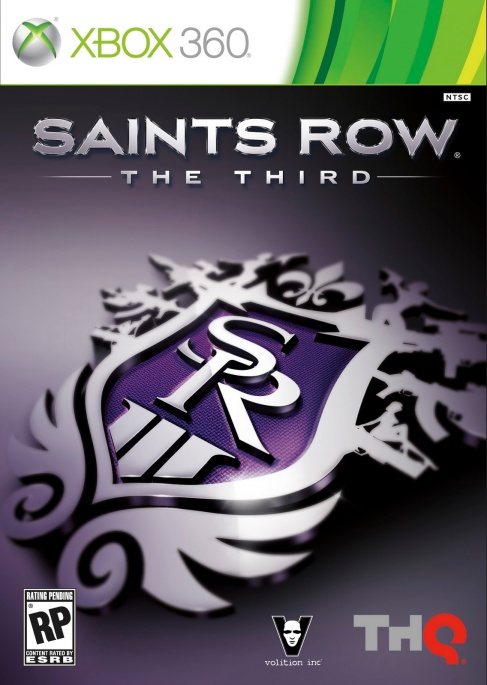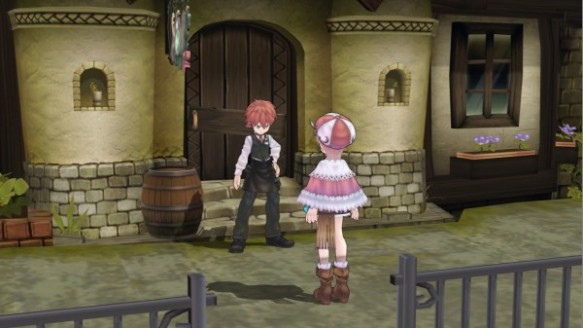In an effort to play more games that I had meant to play in the past, I’ve taken to abusing Gamestop’s return policy like a 40 year old homeless guy abuses heroin. The policy states that a used game can be returned within 7 days for a full refund, so I’m going to see how far that can get me through the summer at one game a week. My first acquisition was a little game called Saint’s Row The Third. I realize that I’m a little over a year behind on this discovery, but you know what? I’m writing this article.
I had played the first two Saints Row games before and they were…alright. Saint’s Row’s original purpose was to fill the then-present void caused by the lack of a Grand theft Auto game on the next gen consoles at the time. By the time Grand theft Auto IV came out and showed how incredible the sandbox genre can be, games like the first two Saints Row games seemed relatively unnecessary.So Volition Software just kind of said “fuck it.” and released Saint’s Row The Third.
As far as the writing in video games go, it’s really hard for me to think of a genuinely funnier game. When you play as a sassy black woman, voiced by Troy Baker, running around naked killing people by beating them to death with a 5 foot long purple dildo you know you have happened across pure gold. Admittedly, as far as the gameplay was concerned, I was mildly underwhelmed. It’s not bad, not by a long shot but it’s just not great. Since this game has come out, there have been fantastic combat systems in open world games the likes of Sleeping Dogs, and Saint’s Row just feels by the numbers in comparison. In the same vain, the layout of Steelport city is relatively drab for a game with such a ridiculous attitude. There’s nothing to really see or do outside of the main story missions and the optional side missions. But these missions are where the game truly shines. The characters and situations the Third Street Saints find themselves in are outright ridiculous, hilarious, and sometimes just plain goddamn awesome. In particular, one scene in which you skydive out of a helicopter and take over a penthouse while Power by Kanye West plays was particularly epic. Scenes like this remind me how games can make a player just feel awesome.
All things considered, I really did love the game a lot. It wasn’t terribly long, but the time I did spend I spent laughing out loud consistently (when I met the mayor of the city, I almost died). While the fundamentals of the game were moderate, and the city of Steelport is just ehh, I think the writing, and the mission design of the game actually makes this a must play for anyone that can appreciate the sandbox-crime game genre.



